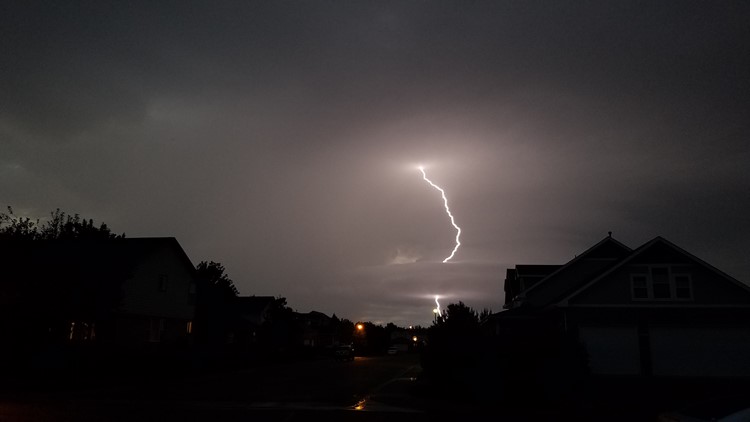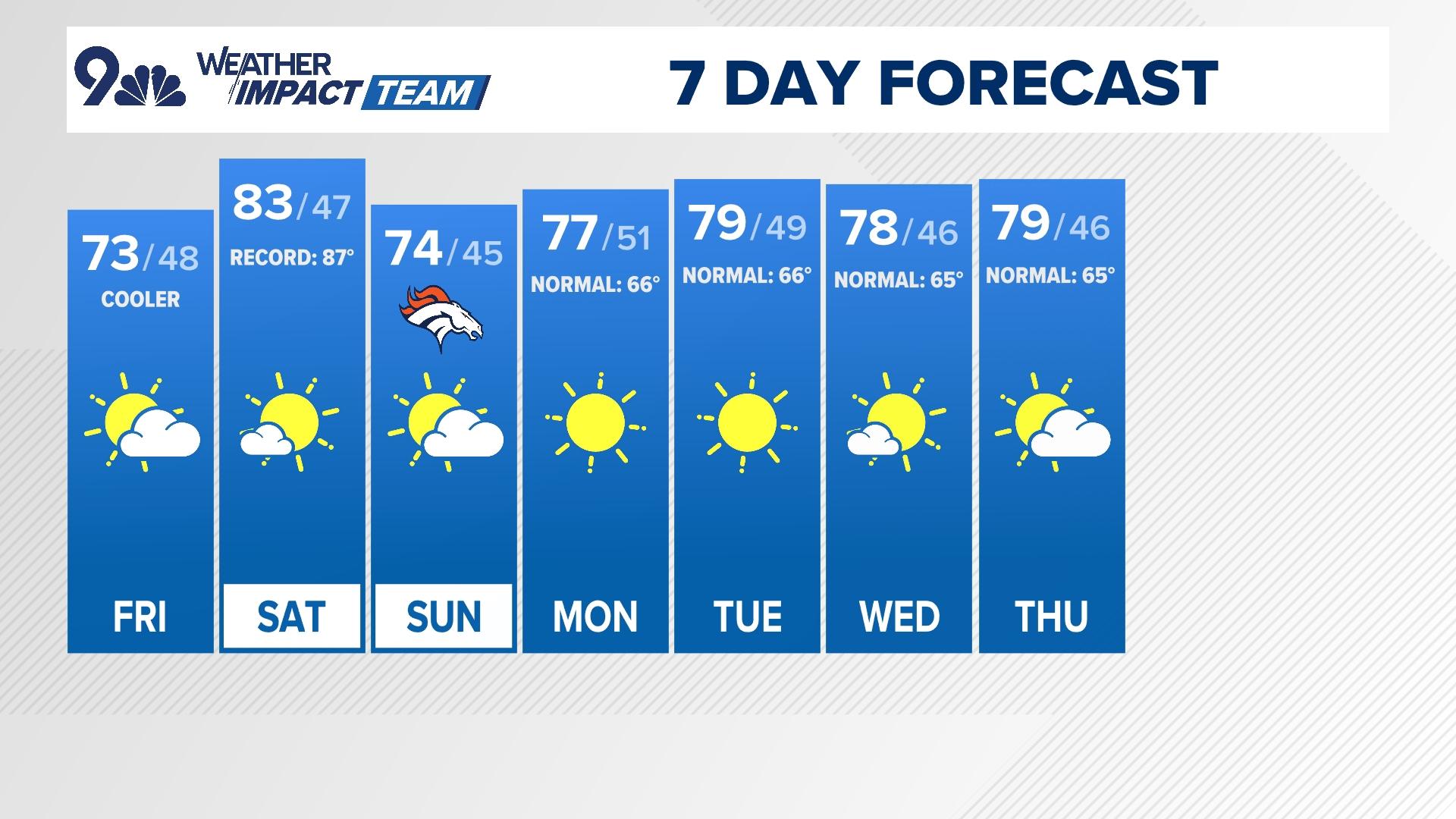Oftentimes after an active weather day like Monday, our meteorologists will get emails from viewers asking why the storm over their neighborhood wasn’t considered severe by the National Weather Service.
Alan wrote: “So why are we in the middle of a severe thunderstorm with pea-sized hail but we have no national weather advisories, alerts or warnings? Looking at traffic and radar maps it’s having a fairly significant impact but not a warning or a whistle from NWS?”
The National Weather Service follows specific guidelines when it comes to issuing warnings for severe storms.
Kathy and the 9NEWS weather team talk about them all the time. Becky Ditchfield and Cory Reppenhagen wanted to look a little closer at the definition to explain why.
Paul Schlatter is a meteorologist for the National Weather Service office in Boulder. That’s the organization that issues all of the official warnings and advisories for northeast Colorado.
“Thunderstorms can be scary. And even when they’re not severe, they can cause some forms of damage,” Schlatter said.
On days when severe weather hits, it’s his job to figure out if a storm is severe or not.
A thunderstorm is considered severe if it’s producing hail that is at least 1 inch in diameter or wind gusts of at least 58 mph. That criteria is based off the damage it will do.
“And all the studies have found… engineering studies have found that 1-inch diameter hail really starts to damage the roof,” Schlatter said. “When it gets bigger than an inch, you’re guaranteed to have roof damage. Less than an inch, they found that the roofs can survive that pretty well. So there’s no damage from that.”
Wind gusts of 58 mph can bring down large tree branches -- damaging your home and your vehicle.
“Less than 58 mph you get some twigs down. I can’t imagine that killing someone. It’s not going to damage a house, it shouldn’t be damaging a car,” Schlatter said. “Less than 58 mph, that’s typically not going to hurt somebody. That’s what we’re looking for. “
Colorado’s weather is not one-size fits all. A 1-inch hail stone in Colorado will actually do slightly more damage than a stone the same size at sea level. That has to do with Colorado’s thin air. Just like a baseball flies faster and farther at Coors Field, a hail stone will fall faster out of the sky to the ground, hitting objects 8 percent harder and doing slightly more damage.
On the other hand, it takes an 81-mph wind gust in the mountains to do the same kind of damage as a 70-mph wind gust at sea level because our air is less dense.
Colorado’s thunderstorms aren’t cookie-cutter either. Sometimes our storms will produce feet of hail, or even damaging winds from a storm that’s miles away.
But these criteria are not just for Colorado, they are for the entire country. A national standard has to be in place so meteorologists can compare weather and warnings across the whole country. In order to compare warnings, the criteria must remain consistent.
Making a policy change isn’t easy, so the National Weather Service office in Boulder will make adjustments.
“So you would have to say, OK headquarters we want to change this warning for the entire United States warning system. It’s a daunting task. We could do it, but for now, the best way you can do it without having to make a major policy change is just putting language within the warning, upfront, so it gets read on the radios, it’ll scroll on the TV.’’
And if you think a storm is producing more damage than what we’re seeing on the radar screen, let us know!
“For National Weather Service or broadcast meteorologist, it’s gold when we get that eye witness report. Especially if it’s timely… giving us eyes on the ground… this is what we’re not seeing.”



